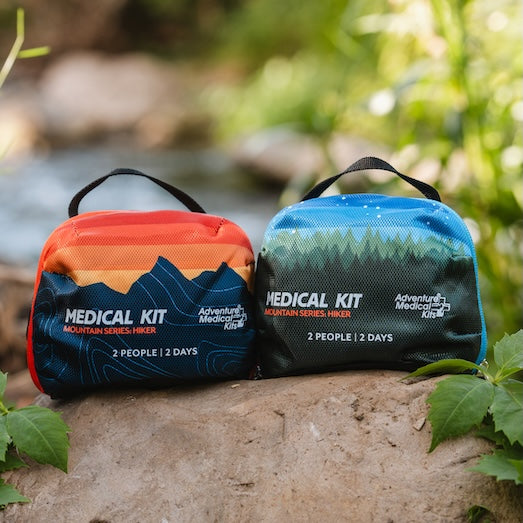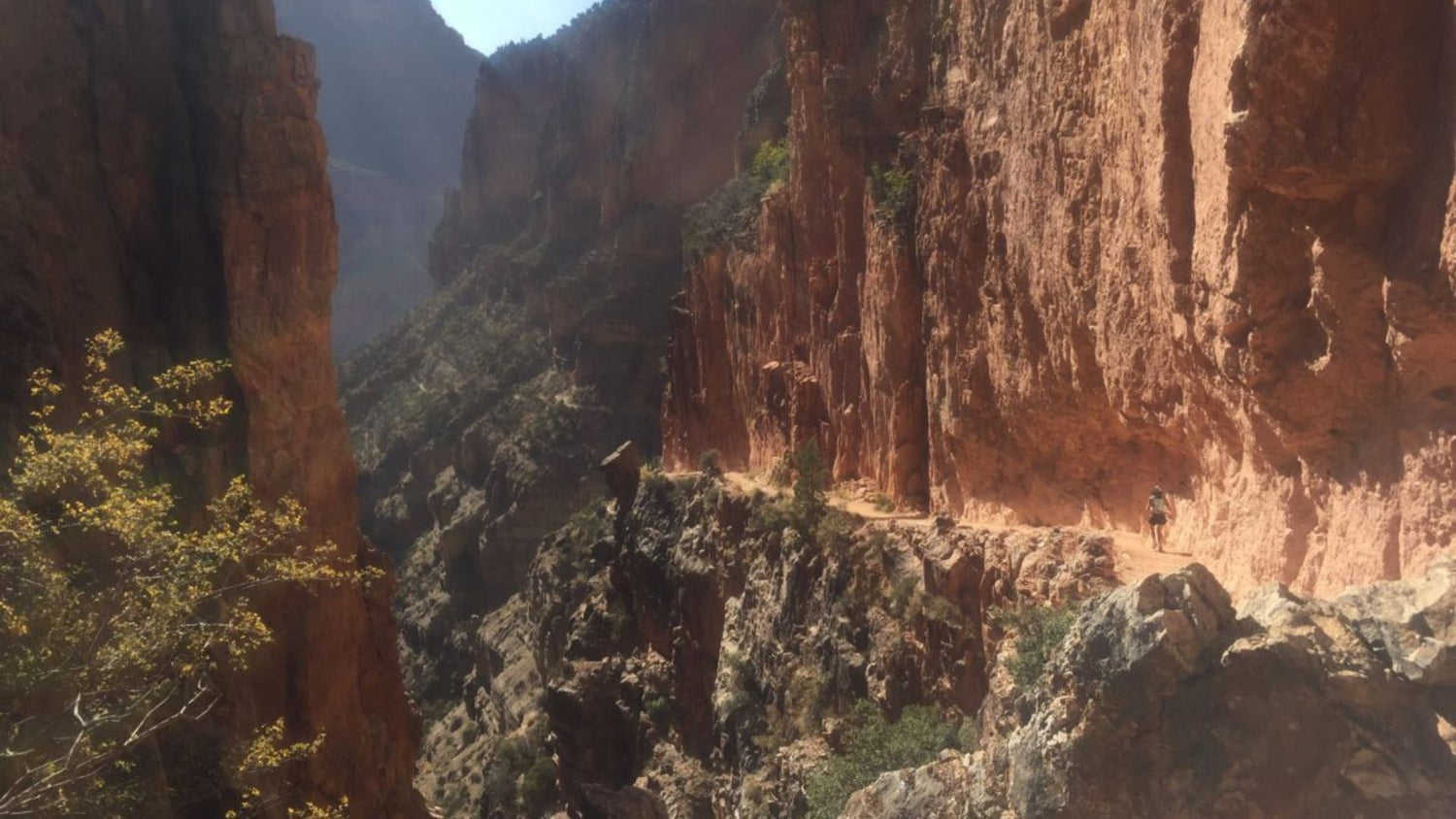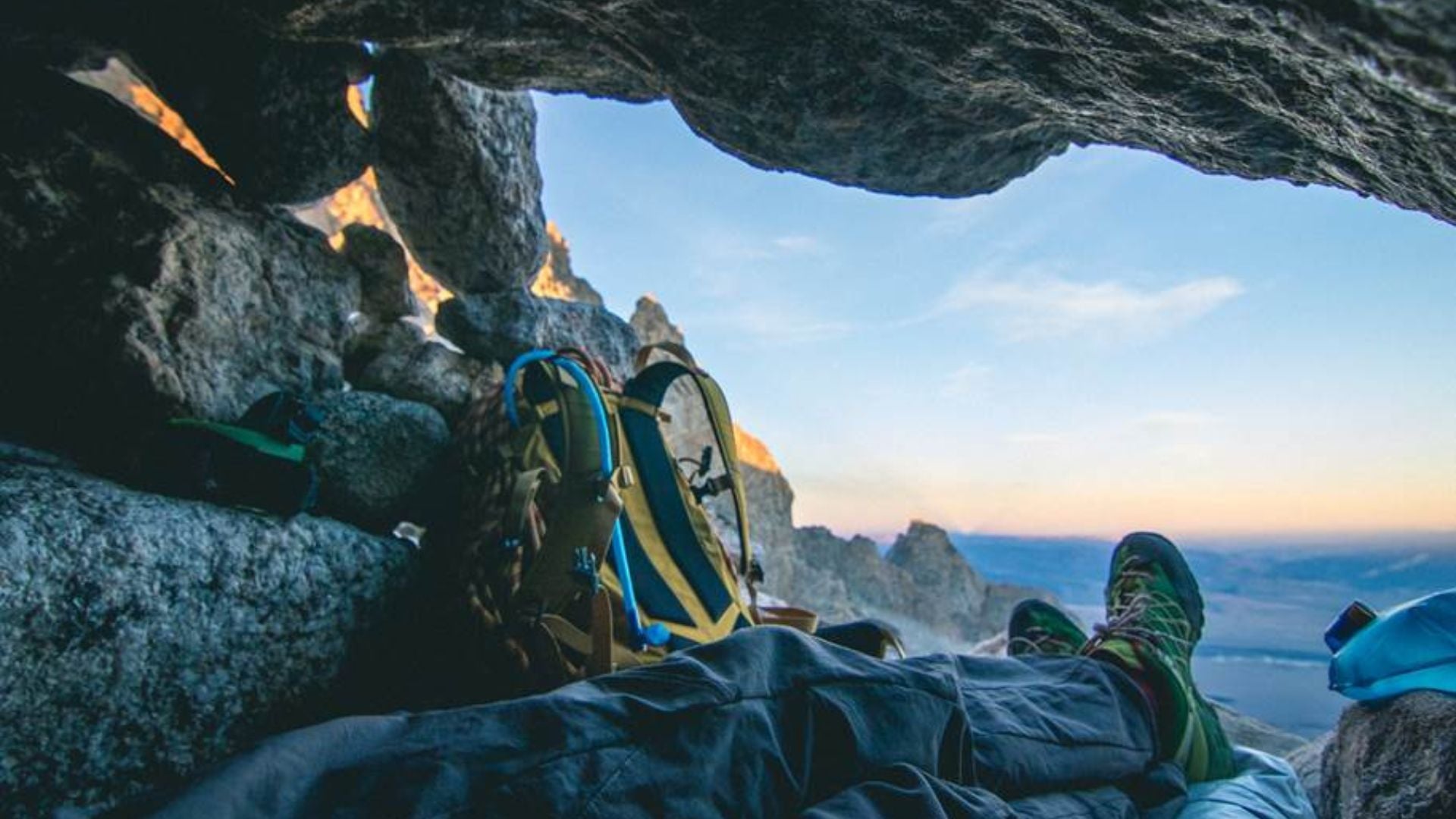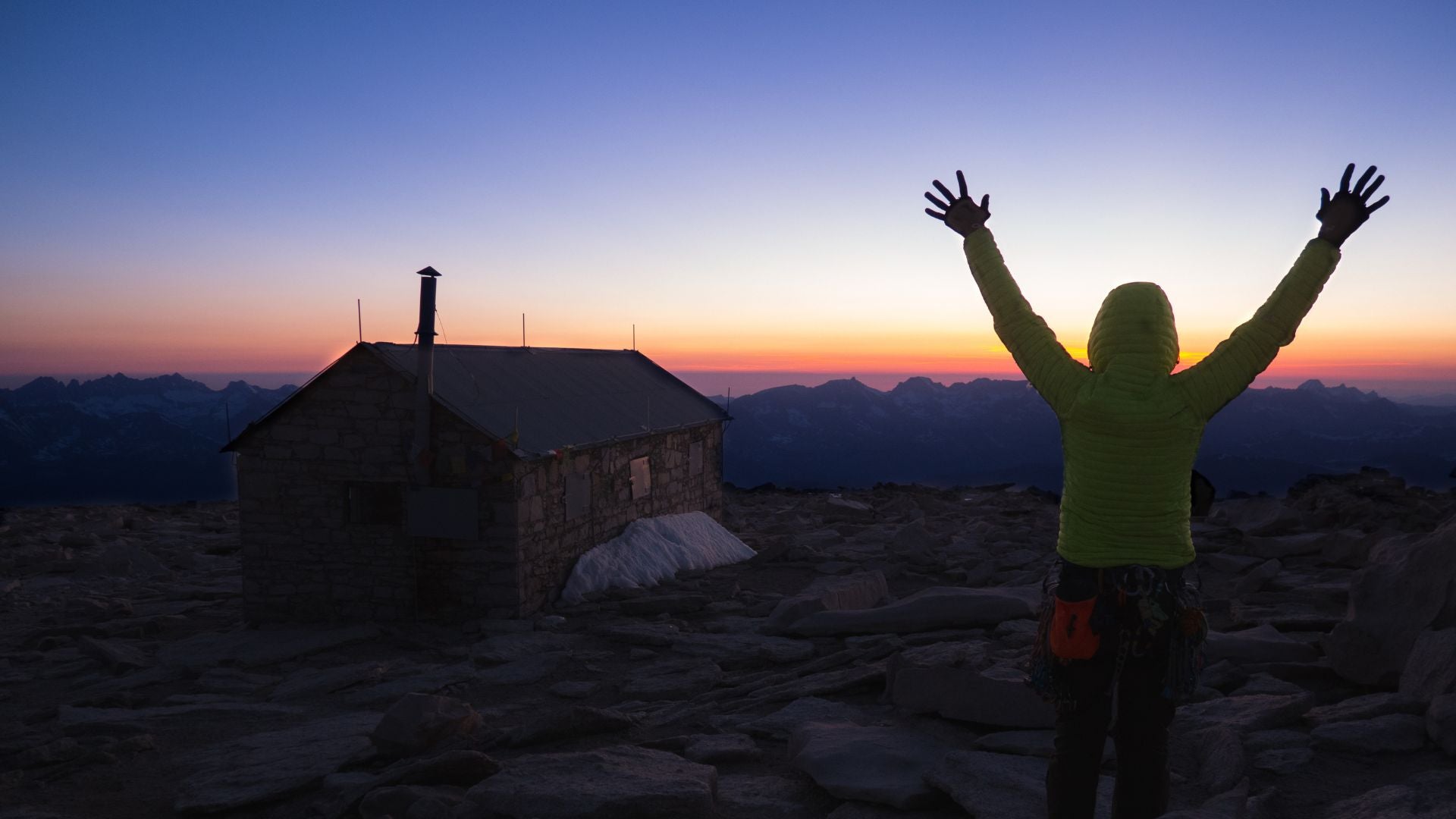Helen Galerakis just ran 800 miles in 17 days, 11 hours, and 3 minutes, setting the Fastest Known Time for women (supported) on the Arizona Trail. What’s even more impressive than that already impressive feat? The fact that Helen has only been trail running for four years, after spending 22 years in the corporate world. We asked her what inspired her and what drove her to accomplish such an amazing goal. Here’s the inside scoop on ultrarunning the Arizona Trail.
Q&A with Helen Galerakis
- How do you define “adventure”? What does it mean to you, Helen Galerakis?
Adventure for me is anything that takes me outside of my comfort zone, that brings a sense of excitement, of the unknown.
- You started running just four years ago after spending over 20 years in the corporate world. What inspired you to start trail running?
I was living on the island of Crete in Greece, and I was surrounded by the beautiful mountains there. I wanted to combine my 2 passions of the outdoors and running.
- Why did you decide to attempt setting a fastest known time (FKT) on the 800-mile Arizona Trail?
I was looking for a different type of challenge and one where I could celebrate the community of Flagstaff, which has given me so much since moving there. The Arizona Trail seemed idea, as it passes through the city of Flagstaff and setting an FKT of that magnitude would certainly be a challenge!
- How did you prepare mentally and train physically for a run of this magnitude?
I am fortunate to have a great coach, Rob Krar, who set my training plan for me. It included numerous back to back days, long runs between 30-40 miles, fast hiking days, and a lot of running up mountains! To ensure I kept injury free, I made sure I did 3-4 strength & conditioning workouts weekly at my local gym, Paragon Athletics.
For the mental side of things, in training I tried to make myself as uncomfortable as possible, persevering despite the circumstances. I made the most of adverse weather conditions to push myself to complete my training runs despite the conditions. If I ever felt like I couldn’t go on, I made myself finish. I thought to myself, if I can’t do this now during training how can I overcome obstacles during the event itself? Of course life itself provides numerous training opportunities when events you encounter give you the opportunity to build your toughness depending on how you react and deal with situations.
- Do you have any training tips or suggestions on preparing and staying motivated?
You have to really want to do what you’re doing. For me, once I commit to something, I am determined to see it through no matter what. Determination was a big factor for me in keeping myself motivated. Also, I really do love running and being outdoors, so the longer the run the more enjoyable time I was having. I was in my happy place, and most of the time it didn’t feel like training.
- When you were preparing, what was the greatest risk you anticipated facing and how did you plan for it?
The thing I feared the most was getting lost out there on the trail and not being able to contact anyone. I spent a lot of time reviewing the maps and the trail and I made sure I had a communication device that would work even when there was no cell service (SPOT).
- What were the hardest gear choices you had to make?
Probably my socks. The last thing I wanted was for my feet to get hurt, as it could have meant derailing the whole project, so looking after my feet was of upmost importance. I made sure I had a selection of many different socks, so that I could swap out my shoes and socks every 6 hours or so.
- We have a hard-core hiker in the office who actually won’t leave the trailhead if she doesn’t have multiple tubes of Blistex. Do you have a personal/unusual item that you always take with you?
My trucker hats! My crew laughed at me, as I had a whole box full of trucker hats to choose from. I think it’s important to do what you can to feel good when you do something challenging; it gives you that extra boost even when you know you’re not looking your best after dirt bagging for 17 days!!!!
- When you were on the trail, what motivated you to keep going and push through?
My determination. I developed an injury from day 2 which lasted 7 days and meant I was hardly able to run for those days, and my team was very worried about me and the damage I might be causing to my body by continuing on. Miraculously, the injury disappeared, but if I hadn’t had the sheer determination to continue I could have very easily used it as a reason to quit. I was also lucky enough to have a great support network too, both on and off the trail.
- Why did you choose to bring the Survive Outdoors Longer Emergency Bivvy?
Although I had no intention of sleeping on the trail (in fact I planned my days to start very early at 4 am in the hopes that I would finish before dark), I wanted to be prepared in case of emergency. Oh and how I am so glad I did!! As with most things in life, nothing actually went to plan, and I didn’t finish in the daylight once! By the second week I was not stopping to sleep; I was running until I needed a break, and then if I was on the trail or at the support vehicle I would put my head down for anything from 30 mins to a couple of hours. The bivvy was invaluable!
- Did you have to use the Emergency Bivvy at any point?
Yes! Many times! The first time I had to use it was on Day 11. My crew were due to meet my pacer and me at a certain spot on the trail to swap pacers and replenish food and water before embarking on a 30 mile section without aid. We got word that the vehicle couldn’t make it there and that they were going to try to make it via another way on bike. It was midnight at this point, and I had been on my feet for 20 hours. I needed to rest while we waited.
We had the one bivvy between the 2 of us, but we both managed to squeeze in making a ‘human burrito’ and I fell asleep immediately. It was one of the best sleeps I had on the trail!
- What was the scariest/most dangerous moment of the run?
One of the scariest moments for me was when I found myself running alone and at night through a controlled burn section of the forest. I had followed all the redirection signs but was running next to pots of fire and powder on the ground. I had no experience with these and expected the whole forest to suddenly set alight, surrounding me. I have never run so fast; I was sweating like a pig!!
- You finished the trail in 17 days, 11 hours, and 3 minutes, successfully setting the record for Fastest Known Time for Women (supported) – congratulations on accomplishing such an amazing goal! What will you take with you from this experience?
That whatever I put my mind to, if I have the passion and dedication, I will achieve it. Also the power of community should never be underestimated, the value of feeling connected and to be able to give and receive.
- What would you say to other girls just getting into trail running?
Have fun! Don’t worry about your pace, or looking at your watch. Be aware of your surroundings and breathe in the outdoors. Trail running is such a personal experience; it’s you and mother nature. You can push your limits or simply re-connect and find your peace.
- Your run raised money for the Arizona Trail Association and awareness for Willow Bend Environmental and Girls on the Run. What would you like other people to know about these organizations?
I couldn’t have made it through the Arizona Trail without all the good work of the Arizona Trail Association. They do so much, not only in trail building and maintenance but also for the community. They drive outdoor youth education programs, inspiring the stewards of tomorrow, and they empower young women with skills in the outdoors. I am on the board for both Willow Bend (WB) and Girls on the Run (GOTR); they are non-profits whose missions I feel very passionate about. WB is focused on providing education outreach services that build environmental awareness and an ethic of responsible stewardship of our natural and cultural resources. GOTR help girls to develop essential skills to help them navigate their worlds and establish a lifetime appreciation for health and fitness.
- If you did it again, what would you do differently?
I would plan my recovery. It really knocked me for six. I didn’t know what to expect, as I hadn’t done anything like this before and I didn’t know anyone who had done anything similar. I had gone from having round the clock support to being on my own, from being single mindedly focused on achieving a goal to having no purpose, from movement to inertia, from outdoors to indoors, from healthy eating to emotional eating, from smiling and being sociable to staying in my bedroom. It’s been 2 1/2 months and I am only just starting to feel human again!!!
